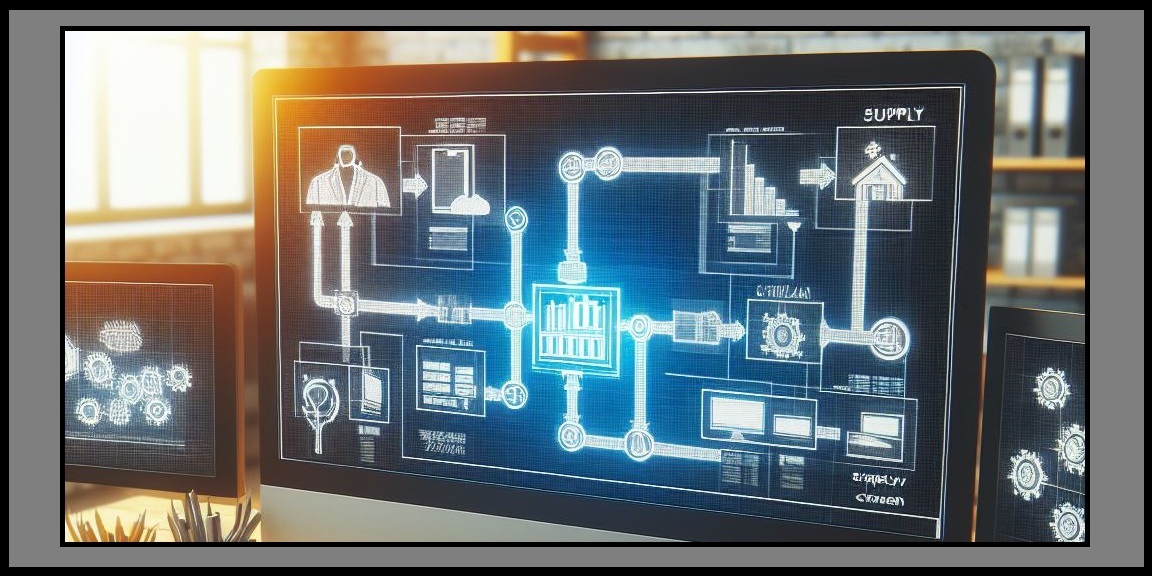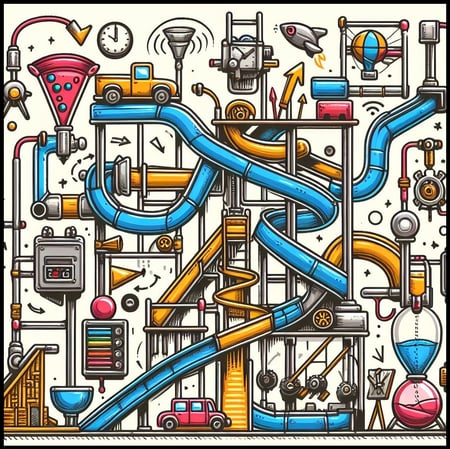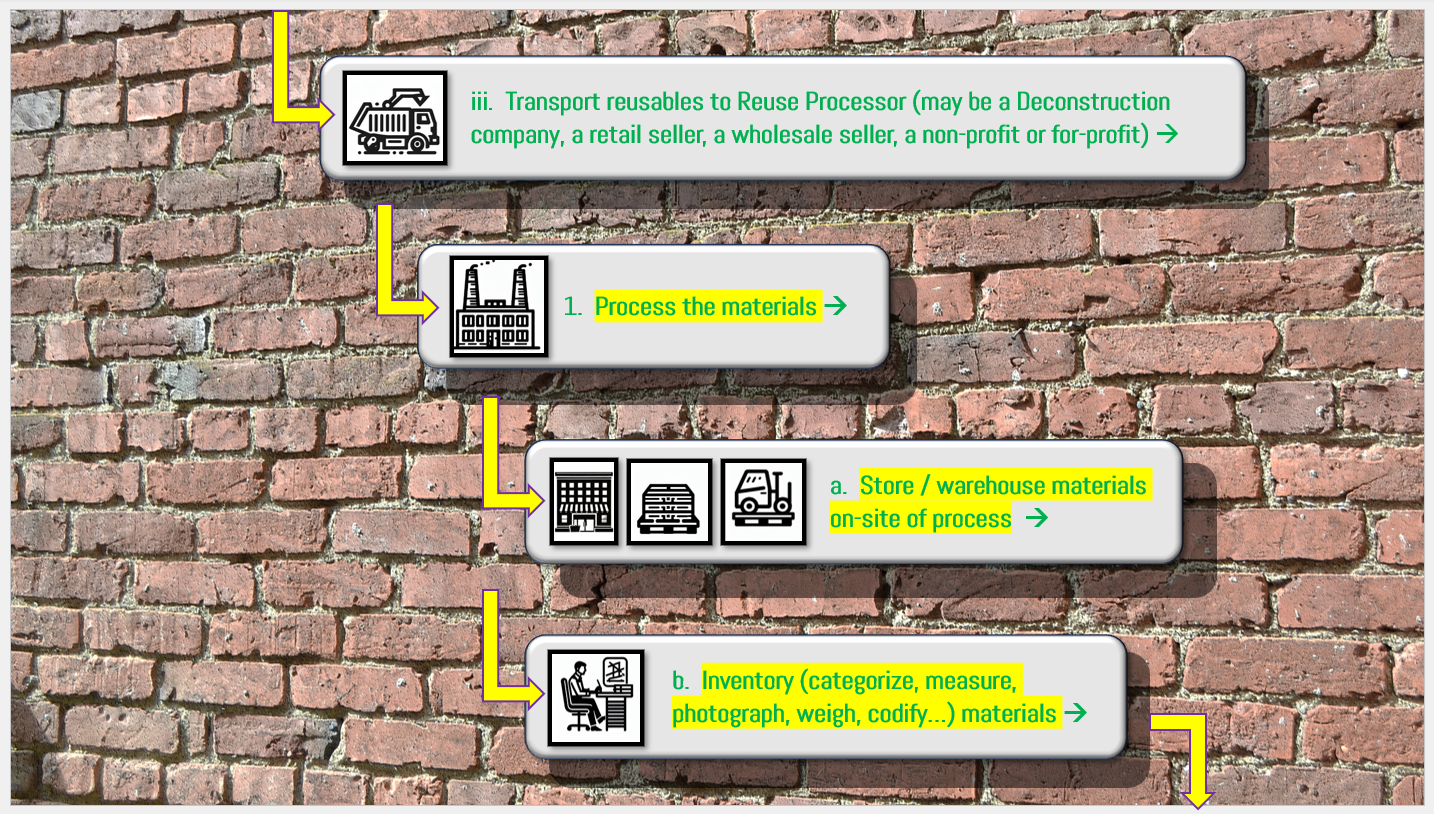Wise Words from the Past to Guide Our Future

You may know I am a fan of R. Buckminster Fuller. He was an Architect and inventor of the geodesic dome. My Junior high school architectural drafting teacher was friends with him. He called him, “Bucky."
Mr. Fuller’s words guide me today in what we are embarking upon to make big things happen in the reuse of building materials.
“You can never change things by fighting the existing reality. To change something, build a new model that makes the old model obsolete.”
It is time for a NEW MODEL.
The existing model of distribution of used building materials and architectural salvage serves mostly residential buyers and small-scale commercial project work. That’s it.
The existing model is scattered and in many ways is resistant to the technological advancements available to it. They are just not yet convenient enough, and not connected enough, and not used by enough people, and there are too many partial solutions, and so on.
Customers can be satisfied by patterns of purchasing they learned during the years of Covid while staying at home and picking up at the curb. They “shopped” online for used materials and found them on a variety of sites but had to transact the purchase in-person (in most cases).
Plus, there are so many established salvage-selling businesses with lots of expensive real estate and the need for walk-in retail customers. These retailers often have thousands of items of merchandise, and in many cases, those are not in an electronic inventory.
As a model, it’s a big “workaround.”
So, we are proposing a NEW MODEL that can also serve the much larger audience of potential customers in the realm of commercial construction.
These professional buyers demand a different way of working. Here, Architects specify materials that Building Contractors purchase on behalf of their clients. These materials need to be identified and categorized and made available in the systems already in use by these professionals. The ability to pick from a catalog and to pre-order on a shipment timeline is not available in the current model.
Thankfully, the NEW MODEL will be able to handle the scale of bigger projects. It will merge with existing systems. Modern technologies are becoming more able to assist.
I am not here today to spell out this whole NEW MODEL, rather give a starting point for an on-going series of articles charting the steps and expanding upon aspects that support this already.
There are many parts of this puzzle already eagerly waiting for this.
We will be describing the over-arching theme of the NEW MODEL. We will dig into understanding all links of the process chains and supply chains, existing and needed. We will cover technologies, collecting and transporting, processing, warehousing, and selling. We will also discuss policies, ordinances, incentives, and even building codes and zoning.
Finally, I have an abbreviation that guides me in this: PASES. This stands for Profit, Affected Stakeholder Empathy, and Simplicity.
- When profits are maintained or improved, compliance is a much easier path.
- When stakeholders are understood and given voice and respect and the ability to influence, adoption and compliance improve vastly.
- And to throw in another quotation about Simplicity from someone whose advice most people believe was worth heeding, Albert Einstein, he said, “Make everything as simple as possible, but no simpler.”
Good advice. We will be trying.
Join us. There is plenty to be done.
Larry
#reuse #recycling #buildingmaterials #sustainability #waste#zerowaste #construction #architecture #design #reclaimedbuildingmaterials #recapturit #urbanplanning #reuse #recycling #reclaimed #architecturalsalvage #deconstruction #buildingmaterials #waste #zerowaste #sustainability #construction #recapturit #used #usedbuildingmaterials


